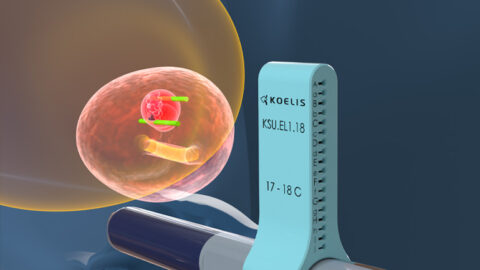Transperineal Prostate Biopsy with MRI/Ultrasound Fusion Guidance
What is a Transperineal Prostate Biopsy with MRI/Ultrasound Fusion Guidance?
A Transperineal prostate biopsy is a procedure where tissue samples are taken from the prostate gland through the perineum (the area between the scrotum and anus) using a combination of MRI and ultrasound imaging for precise guidance. This method allows for more accurate targeting of suspicious areas in the prostate.
How is it Done?
- Pre-Procedure:
- You may be asked to stop certain medications, such as blood thinners, a few days before the procedure.
- A cleansing enema is recommended to clear the rectum.
- Antibiotics are given on the day of the procedure to prevent infection.
- Procedure:
- Local or general anesthesia is administered to minimize discomfort. Currently the MRI/US fusion technology is available only in the operating room at the hospital
- After sedation, you will be positioned on your back with your legs elevated and the perineal area is cleansed.
- An MRI scan of your prostate is used to create a detailed map and mark the suspicious areas.
- An Ultrasound probe that is placed in the rectum is used during the procedure to then create a live image of the prostate.
- Finally a fusion of the MRI and the Ultrasound images is done which allows a precise guidance of the biopsy needle.
- The doctor uses the MRI images fused with real-time ultrasound to guide the needle through the perineum to the targeted areas in the prostate.
- At least 13 samples are taken for analysis.

How to Prepare?
- Follow instructions on medication adjustments.
- Perform an enema the morning of the procedure
- Arrange for someone to drive you home, as anesthesia might impair your ability to drive.
What to Expect Afterwards?
- Immediately After: Some discomfort and minor bleeding from the perineum or in urine and stool (if you have hemorrhoids) are common.
- Recovery:
- Rest and avoid strenuous activity for 24-48 hours.
- Drink plenty of fluids to help flush out the urinary system.
- Monitor for signs of infection, such as fever or excessive pain and bleeding.
- Biopsy results usually are back at about 3-10 days, so please make sure to have a follow up appointment to discuss the biopsy results. It is very important that you follow up.
Risks and Benefits
- Benefits:
- More accurate detection of prostate cancer.
- Reduced risk of infection compared to the transrectal approach.
- Better sampling of the prostate, especially in the anterior (deeper) and apical regions.
- Risks:
- Infection, despite preventive antibiotics.
- Bleeding or hematoma (bruising) formation in the perineum.
- Urinary retention or difficulty urinating.
- Discomfort or pain at the biopsy site.
- Painful or bleeding hemorrhoids
For more detailed and personalized information, the American Urological Association (AUA) website is a recommended resource, as they provide patient-friendly explanations and are regularly updated with the latest medical guidelines and practices. Additionally, the website of the Prostate Cancer Foundation (PCF) might have patient guides and resources that could be useful.
If you’re interested in visiting a specific website, you can check out:
- American Urological Association (AUA) Patient Information
- Prostate Cancer Foundation (PCF) Patient Guides
These resources will provide comprehensive and patient-friendly information on the procedure.